Carries A4 road Longest span 42.7 m Designer G. Maunsell & Partners Total length 622 m Architect Hubert Bennett | Maintained by TfL No. of spans 16 Opened 1961 Width 19 m | |
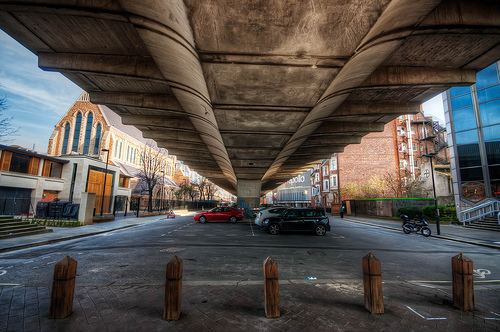 | ||
Constructed by Marples, Ridgway and Partners Similar Hammersmith Bridge, Chiswick Bridge, Blackwall Tunnel, Bond Street tube station, Westminster Bridge | ||
Road modernisation plan hammersmith flyover refurbishment
The Hammersmith flyover is an elevated roadway in west London which carries the A4 arterial road over and to one side of the central Hammersmith gyratory system, and it links together the Cromwell Road extension (Talgarth Road) with the start of the Great West Road. It is one of the first examples of an elevated road using reinforced concrete.
Contents
- Road modernisation plan hammersmith flyover refurbishment
- Hammersmith flyover
- Design
- History
- Repair work
- Replacement Tunnel
- References

Hammersmith flyover
Design
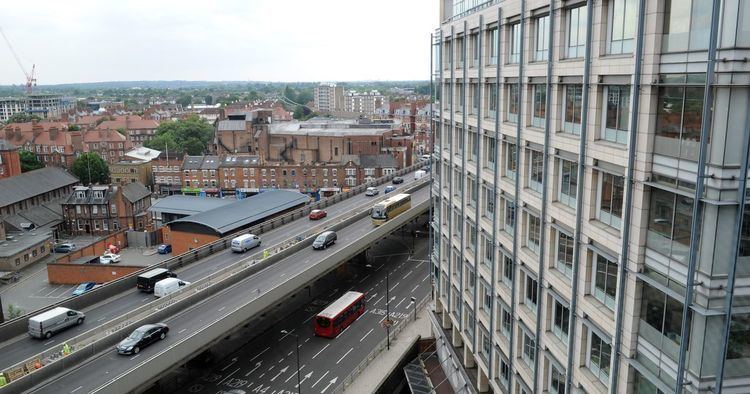
An elevated road employing reinforced concrete balanced cantilever beam supports with a single central column. The deck spine and wings are of hollow prestressed concrete design, with each span being tensioned by longitudinal tendons (four clusters, each of sixteen 29mm steel cables). The flyover was designed by G. Maunsell & Partners, Consulting Engineers, led by Peter Wroth and is 622 metres long. When built the flyover included heating cables to "eliminate ice formation". The system was initially successful, though a £4800 bill for the 1962–63 winter "so shocked Hammersmith Borough Council that, as a protest, it cut off the electricity". London County Council paid the bill after this.
The heating system became defective at some point a "long time" before 2000.
History
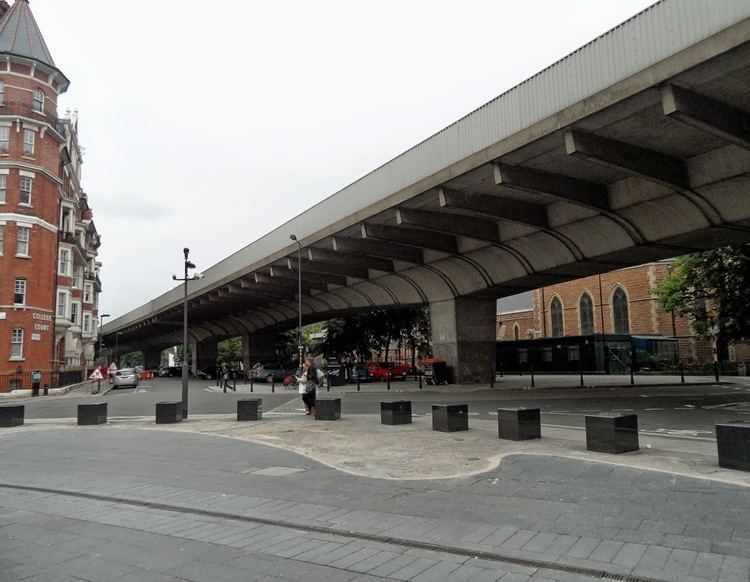
Completed in 1961, it was one of the first examples of its design. Marples, Ridgway and Partners, a Westminster-based civil engineering contractor, built the flyover at a cost of £1.3 million. The then Conservative Transport Minister Ernest Marples had been a Marples, Ridgway shareholder. To avoid a conflict of interest Marples undertook to sell his controlling shareholder interest in the company as soon as he became Minister of Transport in October 1959, although there was a purchaser's requirement that he buy back the shares after he ceased to hold office, at the price paid, should the purchaser so require.
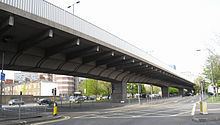
A large part of the churchyard of St Paul's Church, the parish church of Hammersmith, had to be cleared to allow the building of the flyover, and much of the churchyard wall and many of the graves were lost.
Repair work
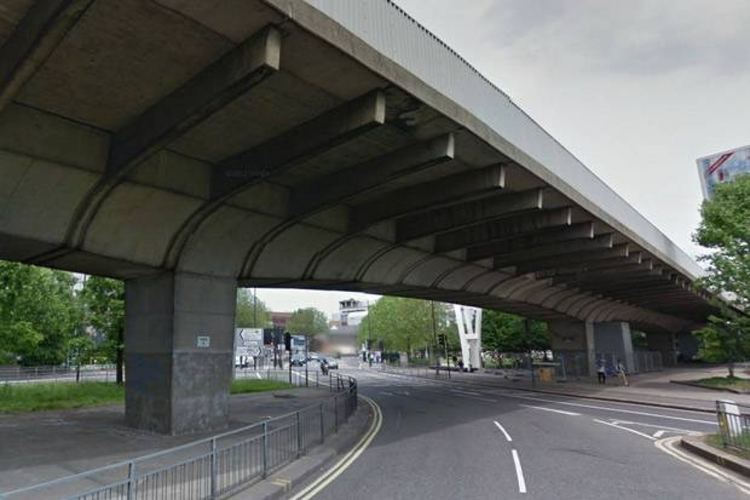
In December 2011 Transport for London (TfL) issued a statement that "damage to the ageing 1960s structure has been caused by water ingress, including salt water due to grit laid during the winter months, which has corroded and weakened the cables which help support the flyover". TfL stated there was "a very remote possibility that Hammersmith Flyover [would] collapse".
The Fulham & Hammersmith Chronicle claim that they were contacted on 14 December 2011 by a whistleblower who revealed that problems with the structure were far more severe than was being made public. The flyover was closed to all traffic from 23 December 2011 to 12 January 2012 after structural defects were discovered. From 13 January to 27 May the bridge was only open to a single lane of light traffic in each direction for repair work. TfL planned to strengthen six of the sixteen arches before the London 2012 Olympic Games and the remaining ten arches after the games. New post-tensioned steel cables "are being installed in concrete blocks above and below the deck’s central reservation". The repairs are now complete and extended the life of the bridge by 15 years. The cost of repairs was estimated to be around £10 million.
In June 2013 it was announced further repairs were required, a project estimated to cost £60m.
Transport for London has announced that "The 18-month project will see the flyover strengthened, the bearings underneath the structure replaced, a new carriageway drainage system [fitted] and the entire flyover waterproofed and resurfaced." TfL has said verbally that the flyover is otherwise sound, and that its life after repair is expected to be another 60 years. TfL announced on 10 August 2015 that repair work to the bridge is now complete.
Replacement Tunnel
It has been proposed that the flyover be replaced with a tunnel as a longer term solution. A group of architects, including Assael Architecture and Simone de Gale, ran an event as part of London Festival of Architecture in 2012 to introduce the idea and gauge public interest. Following a mixed but mostly positive response, the West London Link was set up to explore the options in more detail.
Three options were presented to the public in February 2014.
Similar projects have been planned in other cities for example the Alaskan Way Viaduct replacement tunnel in Seattle. Former Mayor of London, Boris Johnson, suggested that the bridge may be replaced by a tunnel in the future.
